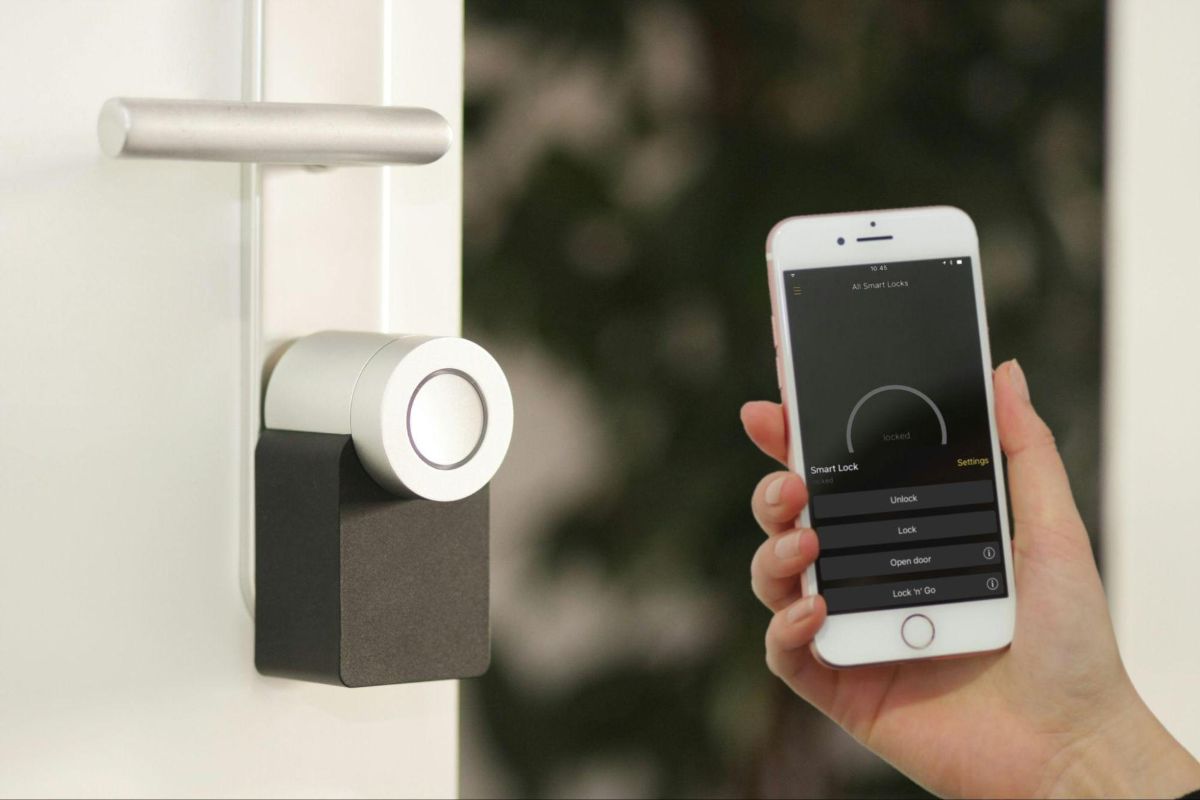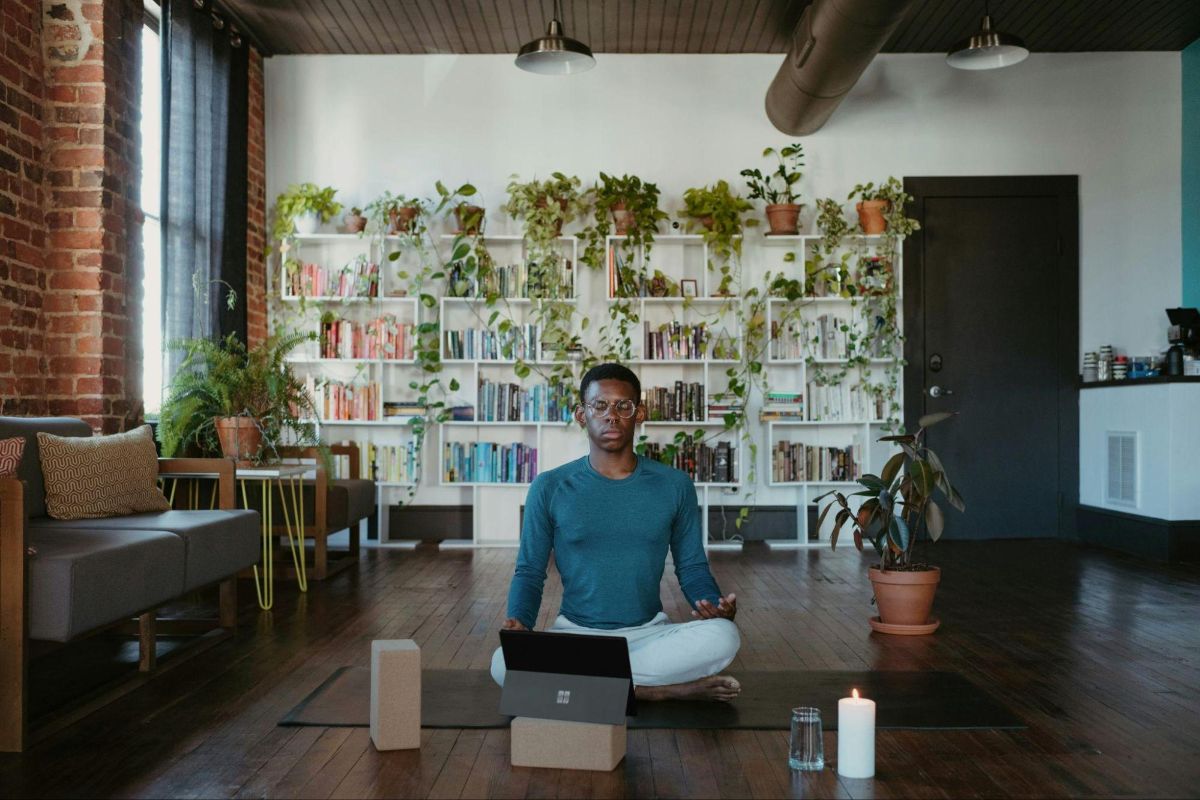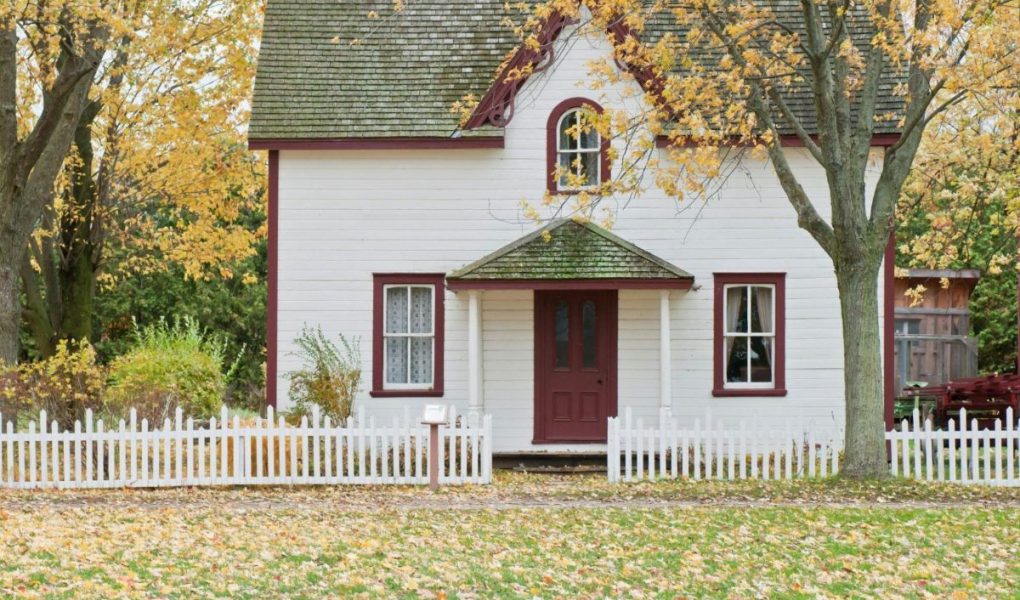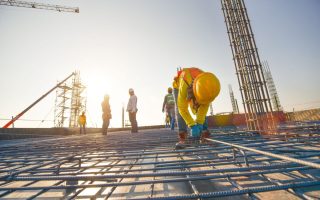Homeowners’ priorities and focus have changed throughout the years, reflecting the needs and visions of their residences. As a result, the home construction industry has become more innovative.
The industry no longer takes a one-size-fits-all approach. It is steadily diversifying methods, resources and ideas to meet current needs that reflect what homeowners prioritize and promote inclusivity. Here are nine innovative trends in home construction that homeowners should be aware of to get the most out of their properties.
-
Smart Homes

Smart homes are becoming increasingly popular among homeowners. Products that integrate smart technology include thermostats, plugs, lighting, appliances and alarm systems.
Smart technology enables you to control many aspects of the house through your phone, even when you are not home. You will also receive alerts if maintenance issues are detected.
Many people are attracted to touch-based access to multiple functions around the house because it provides convenience and comfort. Automation allows better control of the energy a house uses, thus optimizing usage and reducing bills. Smart appliances and fixtures are also energy-efficient, reducing a home’s carbon footprint.
-
Sustainability and Eco-Friendliness in the Home
The awareness of climate change and its environmental impact has also contributed to the popularity of green homes. The 2022 America at Home Study revealed that 56% of people would pay for home energy efficiency. Eco-friendly materials also have longer life spans and are healthier since they have low amounts of toxic byproducts.
Today, sustainable homes include using recycled materials for construction, opting for energy-efficient appliances, switching to renewable energy sources like geothermal or solar power, and dedicating areas to composting. You can also go the extra mile and decorate your home sustainably through thrift stores and garage sale finds.
-
Fire-Resistant Housing Materials
Climate change is causing more wildfires, prompting many builders to use fire-resistant and noncombustible materials in projects. They don’t mean your houses will not catch fire, but it gives them a better chance of surviving incidents than those built with wood and brick. These homes typically feature walls with fire protection that lasts two hours, which reduces the risk of collapse during fires.
Fire-resistant materials are usually steel and concrete and can resist high temperatures. Noncombustible materials, including reinforced masonry, are also excellent for withstanding flames and are often used with concrete.
-
Outdoor Residential Spaces

If you love spending time outdoors, this trend is for you. Outdoor living spaces are all the rage now, with many homes building functional areas to spend time, organize events and entertain guests.
These areas usually include covered decks with home entertainment systems, outdoor kitchens, fireplaces, swimming pools, lounging areas and tennis courts. Innovative equipment, such as outdoor-specific lighting and barbecue pits, complements this trend.
These outdoor areas are also perfect for homes with less indoor space, which can be used for other purposes.
-
Maximized Home Storage
Innovative storage areas are used to improve space usage in smaller homes. Gone are the days when houses had maximalist interiors, inviting clutter and a sense of being overwhelmed.
The minimalist trend also includes hidden storage. Many houses now have various places for different purposes integrated into rooms during the construction phase.
Among these are walls that double as storage, built-in wall bookcases, vertical shelves, floating shelves, rotating drawers and hidden spaces. Some even have dedicated pet storage areas, outdoor cooking spaces and more.
-
Co-Living Spaces
A co-living space supports multigenerational housing, returning to the traditional household style of everyone in the family under one roof. This fits many purposes by reducing living expenses, combating unaffordable senior care, sharing responsibilities, building familial values and keeping everyone close.
Many adjustments are made in the building stage for family members who live under one roof but in different living spaces. Constructors accommodate more than one living room, separate entrances and open kitchens. Some houses also include soundproofing and improve accessibility for senior citizens and children.
-
Dedicated Work-From-Home Areas
One survey found that 55% of people consider working from home the most important aspect of a job. This isn’t surprising because full days worked remotely account for 28% of paid workdays in the U.S.
It only makes sense that a dedicated remote work area is required in home construction. These places are usually an afterthought in a home where a room is picked and designed accordingly. However, many are incorporating a work-from-home space into the house’s building plans. For example, it may be placed furthest from the living room or kitchen to reduce noise disturbances. It also includes soundproofing features with ample storage and working space.
-
Wellness Spaces

Dedicated spaces for exercise and wellness are becoming more popular as people look to improve work-life balance. These include yoga and meditation rooms, gyms, pilates studios, saunas and salt rooms.
Wellness spaces usually need open areas for activities, so builders incorporate these rooms near the porch or backyard with ample space. In addition, some also require a dedicated power and water supply, which are included in the building plan.
-
Nature Fusion
Biophilia is another trend making a splash, which is a fusion with nature. Many homeowners are switching focus to bringing in more plants and natural lighting to improve the aura and add warmth to the atmosphere.
Builders incorporate plant-based materials like bamboo and add ceiling-level glass panels to bring in light and offer a better view of the greenery outside.
A Custom Approach to Home Construction
Many have opted to incorporate housing needs in the construction phase. As trends evolve, the industry is rising to the challenge of meeting demand by enhancing innovation and improving people’s lifestyles.




